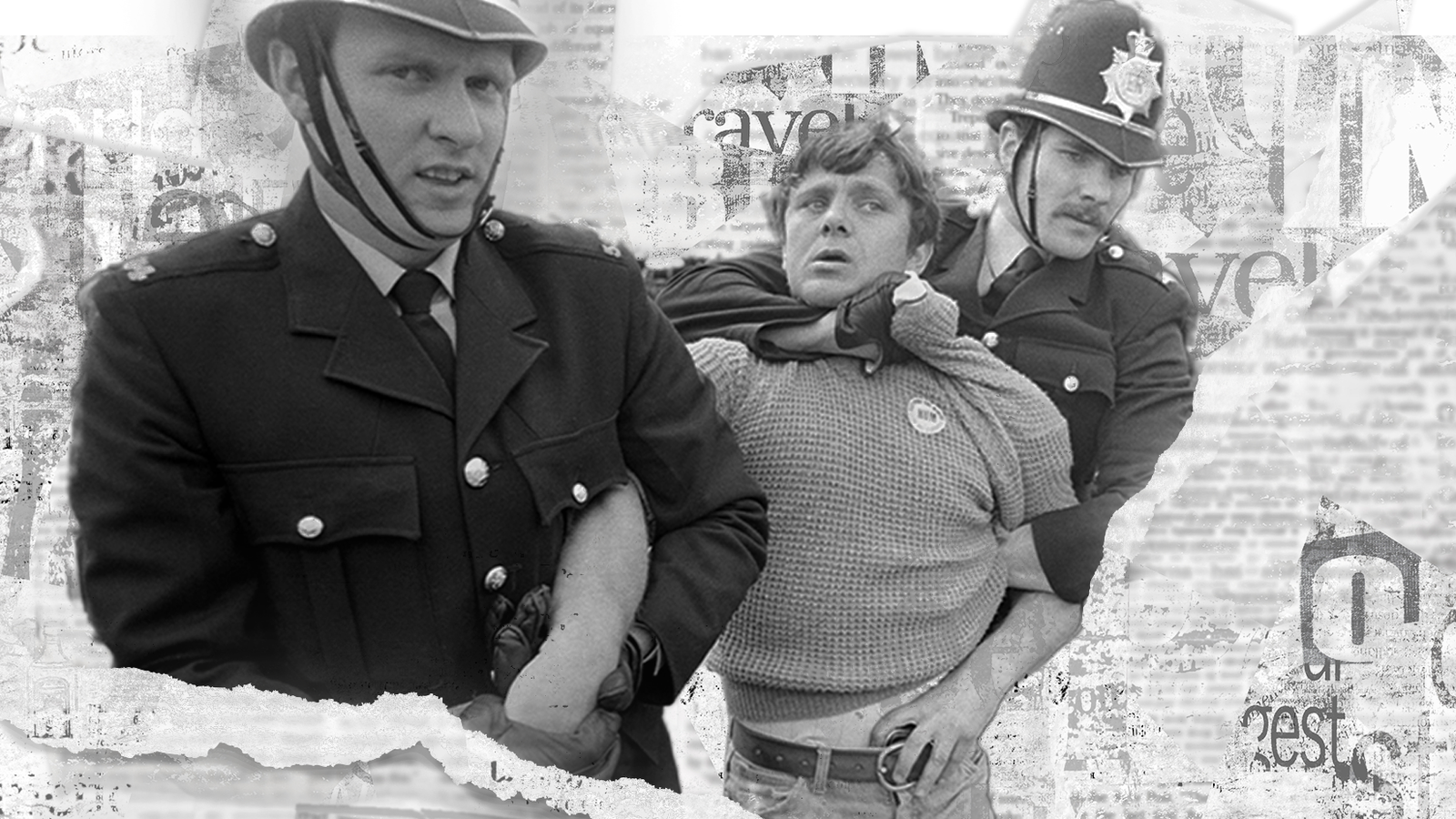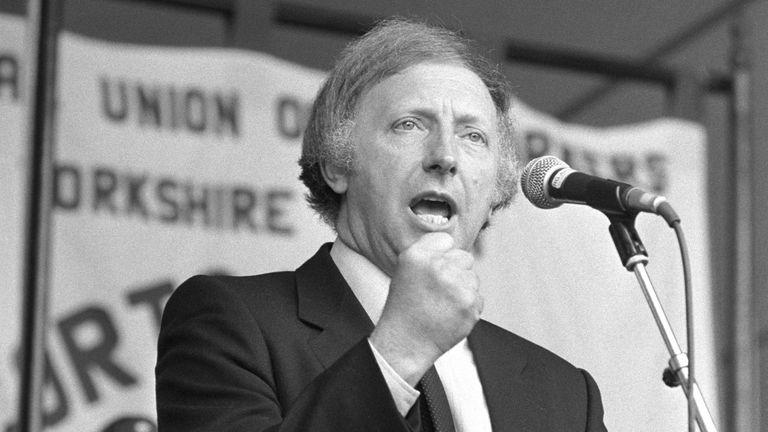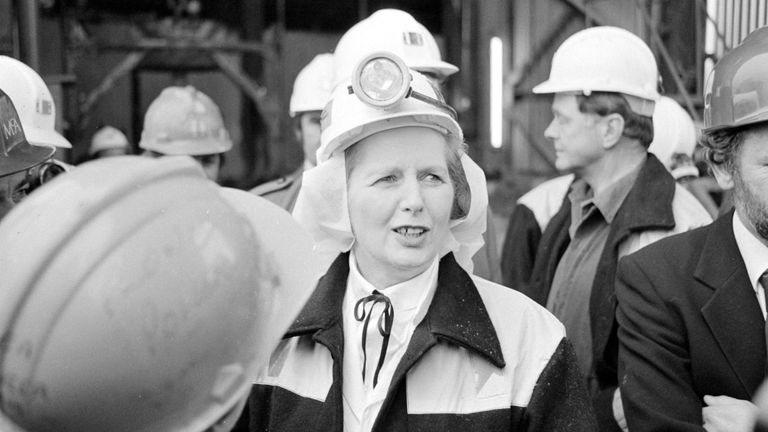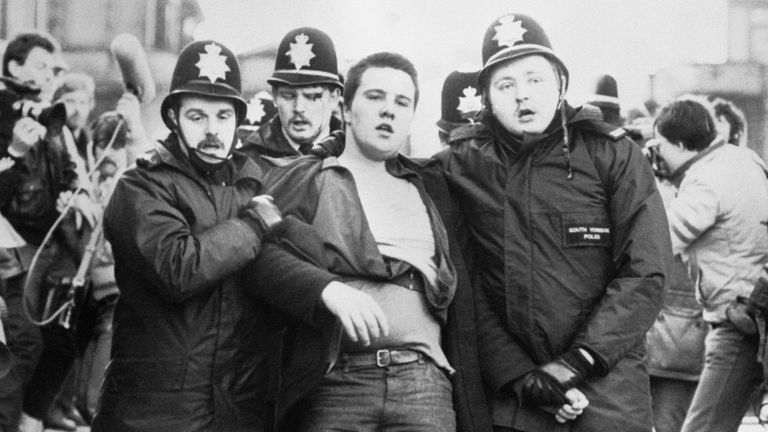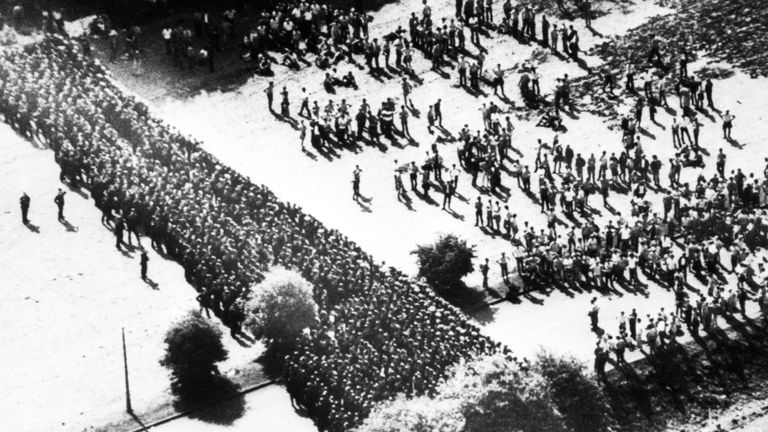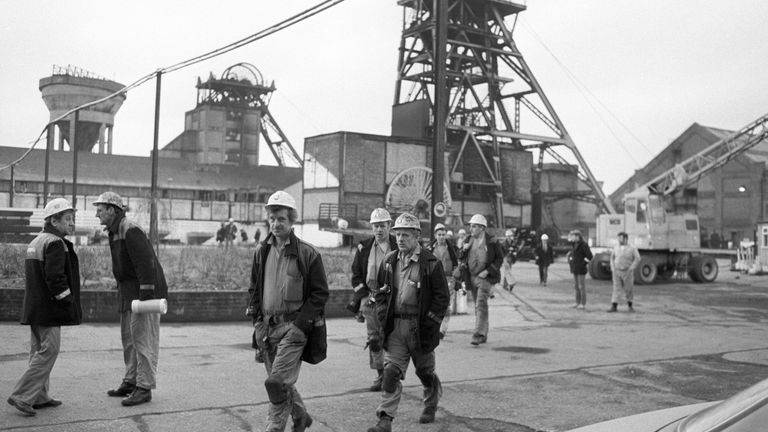Never mind elections, wars, revolutions, scandals and deaths, this week marks the 40th anniversary of probably the most gripping news story I have ever worked on as a journalist.
Gripping because there were vital economic, political and social issues at stake in this country.
Gripping because two powerful and exceptionally talented political leaders, Margaret Thatcher and Arthur Scargill, faced off.
Gripping because, in their own way, both sides were right.
Gripping that everyone in the country was caught up in the 1984-1985 miners’ strike and conflicted about it.
Gripping above all, for me as a journalist at the start of my career, because the strike reshaped this nation for the future.
On 5 March 1984, 6,000 miners walked out in South Yorkshire at collieries in Cortonwood and Bullcliffe Wood. That day the National Coal Board (NCB) announced there would be “accelerated closure” of 20 pits.
On 12 March 1984, Arthur Scargill, the president of the National Union of Mineworkers (NUM), called a nationwide strike.
It became the biggest industrial dispute since the general strike in 1926, with 26 million working days lost. It did not come to an official end until a year later, on 3 March 1985.
The NUM and the NCB came into existence after the Second World War. They were part of the consensus, shared by both Labour and the Conservatives, that took much of heavy industry into public ownership.
Scargill was a radical left winger who believed a perfect socialist society had never been achieved. Even so, he was right that defeat for the miners would lead to the end of a whole way of life in which the state supported workers and their families, regardless of market forces.
Before the strike he had likened the Thatcher government to “the Nazis” and called for “extra parliamentary action” against “this totally undemocratic government”.
Prime minister Thatcher was right that the deep mine coal industry was uneconomic and subsidised by taxpayers and had been declining in Britain, Europe and North America for decades.
Read more:
Previous strikes and what they achieved
Lessons to be learned from strikes past, present and what they mean for the future
After 200 years, one of England’s last coal mines is closing (2020)
In Britain there were around a quarter of a million coal miners in 1984 compared to a million in 1922. The number of working collieries was down from over 1,000 to 173. Britain was already switching away from coal as the primary source of energy to natural gas and nuclear. Thatcher was subsequently one of the first leaders to recognise the danger of global warming through hydrocarbon emissions but this was not a principle issue at the time of the strike.
It was a febrile time in British politics. The previous summer, in the wake of military victory in the Falklands conflict, the Conservatives won a massive majority in the general election.
By the summer of 1984, Mrs Thatcher was calling the NUM “the enemy within”. She intended to elaborate on this theme in her party conference speech in Brighton in October, but it was disrupted by the IRA bombing of the Grand Hotel.
Thatcher was committed to confronting trade union power.
She was well aware that a miners’ strike in the early 1970s had effectively destroyed Ted Heath’s Conservative government. During the three-day week in the winter of 1974 there were daily power cuts around the country. Ministers appealed to the public to wash in two inches of shared bath water. Mr Heath lost the 1974 General Election on the question “Who governs Britain?”.
In the popular memory the 1984-1985 strike has been sentimentalised almost exclusively in favour of the strikers and their families. (James Graham’s recent TV series Sherwood is an exception).
During the strike the musician Billy Bragg and the filmmaker Ken Loach challenged audiences with the documentary Which Side Are You On?
Popular films since then, such as Billy Elliott, Brassed Off and Pride have centred on the solidarity of the mining communities and the aid they got from other anti-Thatcher movements including Women Against Pit Closures and Lesbians And Gays Support The Miners. The depth of the lingering passions is encapsulated in the Billy Elliot The Musical song Merry Christmas, Maggie Thatcher: “We celebrate today/ ‘Cause it’s one day closer to your death”.
In reality the miners were not united and the country was not united behind them.
Scargill made the mistake of not holding a national ballot to strike. This meant that the Labour Party, then led by Neil Kinnock, a South Wales miner’s son, did not support the strike.
There was widespread public sympathy for the miners, who faced losing their livelihoods. But opinion polls during the strike showed greater, and strengthening, support for the employers over the strikers. Asked in December 1984 what they thought about the methods being used by the NUM and Scargill, 88% disapproved and 5% didn’t know.
There was near-unanimous backing for the strike in South Wales, Scotland, the North East, Yorkshire and Kent, where many of the richest seams were worked out. Other mining areas, especially Nottinghamshire and Derbyshire in the Midlands, did not go out on strike officially.
Communities were divided. Many angry confrontations took place as local strikers, joined by flying pickets, confronted police protecting those who drove or were bussed into work.
Click to subscribe to Politics at Jack and Sam’s wherever you get your podcasts
In Yorkshire, violence between thousands of police and pickets shocked the nation in the so-called “Battle of Orgreave” outside a coking plant. A miner died in a similar confrontation in nearby Maltby. Official statistics record that 51 miners and 72 police were injured at Orgreave.
It was impossible not to get caught in the existential drama.
A Sky News colleague recalls: “I remember my uncle being on strike when I was a kid and I stayed awake in the nights worrying that he wouldn’t be able to buy any dinner and that he’d starve.
“He’s since told me that he had a great time on the buses to London to protest and they had plenty of beer. He had a police officer pal who asked to stand opposite him during the riots so they wouldn’t kick each other too hard.”
Scargill had also miscalculated by calling the strike in the spring when demand for energy was going down. The government had learnt its lesson from previous strikes and ensured stockpiling for at least six months. Scargill liked to say that the visible mounds of coal were like the hair in his combover – piled high around the edges and bald in the middle. He was wrong.
Later coal supplies resumed as more desperate miners went back to work, and their overseers in the separate NACODS union did not join the strike.
The government also tightened the law, including a squeeze on welfare payments to families, to make striking more difficult.
A breakaway Union of Democratic Mineworkers was formed. Working miners, encouraged by David Hart, a shadowy Thatcher advisor, went to court to successfully “sequester” the NUM’s assets, which prevented the union from funding the strike.
Meanwhile journalists exposed NUM officials were seeking financial support from the Soviet Union and Libya, although it is denied that any money was ever received.
The NUM was discredited. A return to work by defeated and desperate strikers became inevitable. Union power was decisively broken in de-industrialising Britain.
Today all Britain’s coal pits are closed, although there is still some open cast mining in the reprivatised industry. Active NUM membership in 2022 was just 82.
To the shame of successive governments there is a legacy of social deprivation in many former mining areas. In a spirit of protest, those left behind there voted strongly for Brexit and then made up much of the “red wall” which switched from Labour to Boris Johnson’s Conservatives in 2019.
The Conservatives were elected twice more immediately after the strike, in 1987 and 1992.
At Westminster an early day motion has been tabled marking this anniversary, paying tribute to the men and women of the strike and demanding an inquiry into its policing. It has attracted the signatures of just 27 MPs, including Jeremy Corbyn and Ian Lavery, who succeeded Scargill as an NUM president.
Scargill is now president of the Socialist Labour Party and the International Miners’ Organisation. Aged 86 he is still making speeches, he supported Brexit and recently demanded solidarity with the Palestinians, according to The Socialist Worker.
For me there could have been no more useful education than reporting on, and seeing how others reported on, the personalities, the events and the issues of the great strike which divided the nation.

